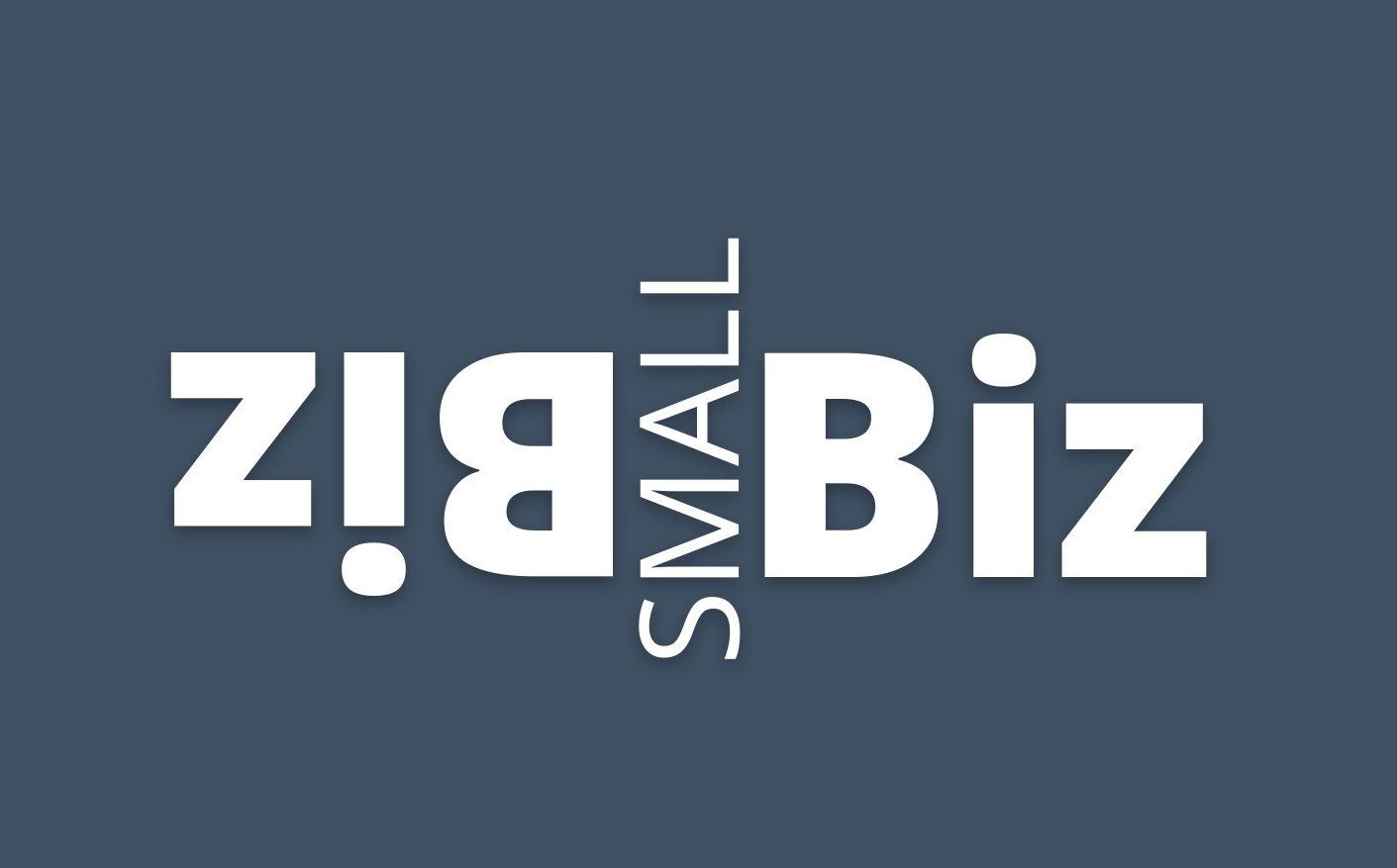If you have any kind of experience with marketing, you’ll know a little about the importance of branding.
Branding is a lot of the reason some of the biggest names in business are able to charge what they do. The product packaging, quality, and other factors can make you distinct from your competitors.
If you pull it off in the right way, it can give you a license to charge a high-end price while your competitors settle for a “value” grade of the brand. If the subject of branding confuses you, then don’t worry!
There’s a lot to understand, and here’s a guide to help!
Now, perhaps your business has been operating for some time without a real brand. Sure, you can make a healthy rate of sales using plain packaging and your company name printed in a bold, drab font.
You might not be well-known in a large market, but who cares, right? Branding costs money, and there’s no urgent need to get it done. Well, if you’re satisfied just surviving, then that’s fine.
However, if you want your business to develop and grow, then there are a few benefits to branding you should be aware of.
Source: Pixabay
One of the most central benefits of branding your product is that it makes it unique. When you have your name on a product and make it distinct from the closest alternatives, you’ll be giving your audience a unique experience. It doesn’t matter how closely your own product matches another one on the market. You can still make your product yours. I’m sure you can think of some examples of this.
Bottled water is about as uniform as you can get. Despite this, Buxton, Evian, and Highland Spring all offer a unique customer experience through their branding. Walk past the water shelves in your supermarket, and you’ll also see a wide range of prices. As you know, there’s only so much difference two kinds of water can have. These companies aren’t selling a product so much as the value of their brand.
Think about just a handful of the products in your home, and the success of the companies that made them. You’ll notice that if something is visually appealing enough, people will be willing to pay for it! If you can harness this quality, you’ll be able to charge far more than your competitors, and still sell a lot more than them! Ultimately, that means higher profit margins, the one part of branding I’m sure you’re interested in.
Making a product visually appealing is a subject for a whole other post. However, if you’re looking for an example of what not to do, then look at the very cheapest end of any product on Amazon or eBay. These are usually from far-eastern sellers, and the product names are typically a description. “Wireless garage opener” and “Landline telephone” are some particularly bad ones. Do these product names make you want to buy them?
Good branding can also increase brand loyalty in your customer base. This is actually a much bigger advantage if your business exists in a niche market. If you were selling toilet paper, then you could probably get by with little or no branding. However, niche companies such as Ez Cut CNC Plasma need to put a little more work in, which pays off more in the long run. Let’s say you were running a company that made guitar strings.
You get a customer who’s exceptionally happy with the packaging, customer care, delivery, and so on. Even though the quality of the product might be average, your customer will remember the great experience they had with your product. From then on, your company name and logo will jump out at them whenever they see it.
Source: Pixabay
So, if you’re convinced, it’s time to start coming up with some designs and setting things in motion. To get the most streamlined process possible, it’s best to have the product manufacturer do your branding for you. There are a couple of big advantages to this.
First of all, they’ll probably have better technology at their disposal. Sure, there are ways to do your own branding. However, if you’re a small business, you probably won’t have access to all the same design tech as your manufacturer. Nine times out of ten, you’ll have more options for packaging, a higher quality of printing, and an overall sexier product.
The other big advantage is that you might get your branding for free! A lot of companies, if you meet a required minimum order, will create unique branding and packaging without asking for a penny extra. If free branding doesn’t get you interested, I don’t know what will! Obviously, this isn’t guaranteed. You may not be in a position to make the minimum order. Some suppliers, regardless of the arrangement, will charge you a small, one-time fee for their printing work.
Sometimes, you might get frustrated with your options and want to do the branding work in-house. As I’ve said before, this is completely possible, but having your supplier do the work is almost always the better option. Fling Design has a helpful post on outsourcing your branding efforts or doing them in-house.
As you can imagine, having some branding going on isn’t a guarantee of success. You need to be taking certain steps to ensure your brand is strong enough to keep up in the market.
Of course, logos and packaging can only go so far. If your customer base realizes you’re passing off a poor product as something better, then you’re not going to keep many loyal customers! You should have people on the case constantly; looking to improve every last feature of your product and stay ahead of the competition. Transparency, especially these days, is also a very important part of branding.
Although your customers are on the receiving end of this, the best way to improve transparency is by starting with your employees. Make sure every customer-facing employee at your company has a clear, consistent idea of your brand. Emphasize how all your customers need to receive the same message, and that they should be able to find out anything they like about the company.
Unless you’re working on an innovation that’s going to make millions, there shouldn’t be any excuse for a lack of transparency. By all means, tweak the format of your message for partners, employees, customers, etc. However, your brand should have a strong common thread, no matter who’s listening.
Source: Pixabay
As you can imagine, the online presence of your brand will be hugely important. This is the primary way your customers are going to find out about your company, so you can’t afford to neglect it!
Use any online platforms you can to create a unique, engaging experience for your customers. This should make your target audience at large want to engage with your brand. Usually, this will manifest as social media activity.
Social media is something of a double-edged sword for small businesses. Unlike traditional marketing channels, your customers are a lot more empowered on social media. If you go about using it the wrong way, it can utterly destroy the reputation of your brand. Do it the right way, and your customers will do a lot of the branding work for you. When planning out your social media activities, you should bear in mind that a lot of it is out of your hands.
Sure, you can set the direction using simple marketing techniques. After that though, the way your customers and potential customers perceive your brand will dictate its image in the future. In the best-case scenario, your customers will become ambassadors for your brand. This means that they’ll spread your name throughout countless networks and niche groups. You’ll be surprised at the way certain interests and brands go together!
For the most efficiency, make sure you’re using the right social networks in the right ways. Each different network has its own format, its own rules, and conventions, and attracts a different kind of user. If you put all your resources into a network that isn’t that great for your company, then it won’t be making much progress.
If you’re a B2B business, then Instagram and Tumblr probably won’t do you a lot of favors. However, if you’ve opened a new coffee shop, and you want to appeal to a younger demographic, then these platforms could work miracles!
The tone you use in your posts, and how often you engage with your followers will have a massive impact on the success of your brand on social media. Every network has an optimal way of using it for building a brand. It’s important for your marketing team to know and respect these conventions.
I hope this guide has given you a clearer picture of how you can strengthen your brand.
A strong brand can turn a failing company into a multi-national giant, so don’t neglect it!
Talk to marketing specialists, decide on a unique stance for your company, and then inject it into the lives of all your potential customers.


















